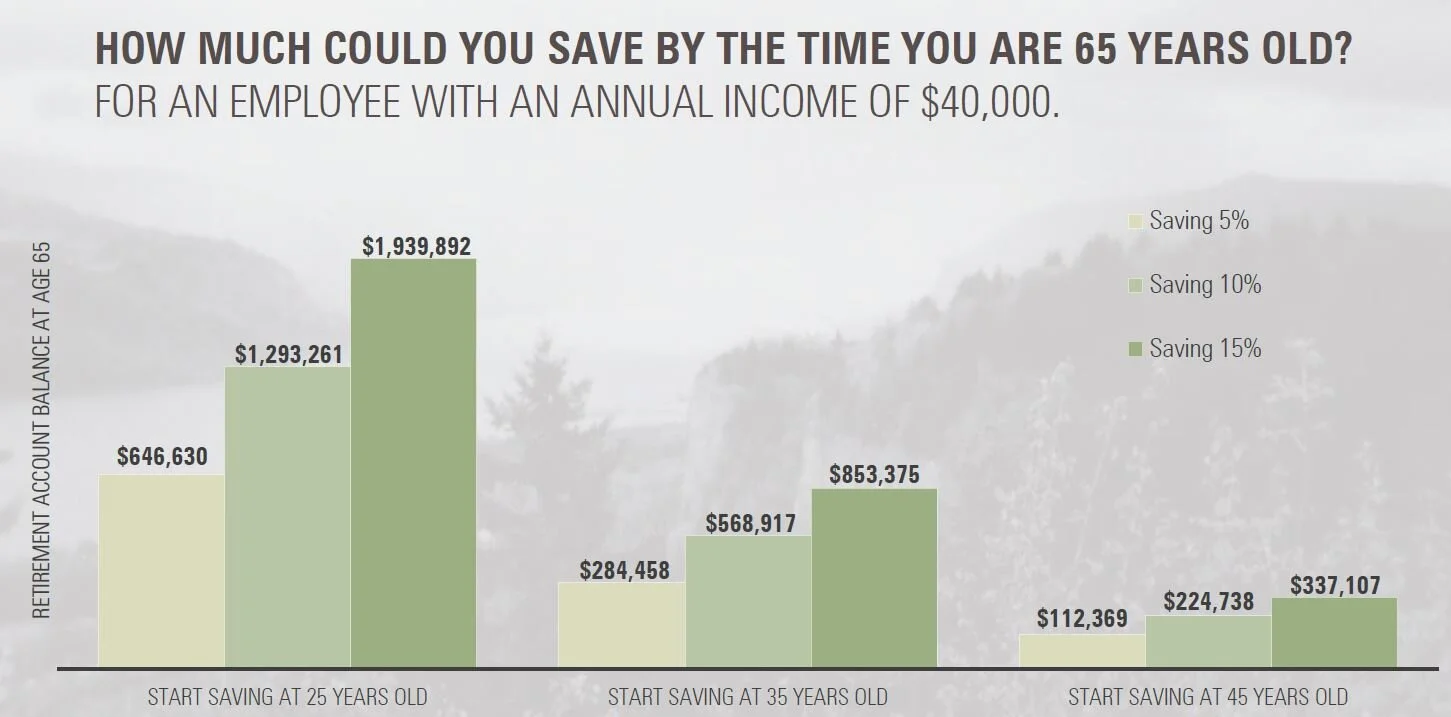As a parent of a five year-old, my wife and I cherish our occasional date nights together. For some reason, serious topics and concerns about our family seem to come up during those times. One evening we found ourselves discussing our out-of-date Will that we completed before my son was born. We both agreed that the decisions we made back then needed to be updated. We revisited questions like, “If both of us were to pass away, who is the right person to take care of our son? How much money would he get from us? Would he be responsible enough to handle that money when he turns 18?” For most of us, conversations like these tend to go nowhere and we move on with our busy lives. This task then falls into the dreaded pile of “things we need to do.”
As human beings, we are experts at procrastinating, which is evidenced by a recent survey that showed that 72% of adults either had no estate plan or their plan is out-of-date1. I have experienced many people admitting that they need to create/update their estate plan but never take the action needed to complete it. Common reasons I have heard over the years include:
“I’m really busy right now and I will do it later”
“I’m not sure if I need it”
“I don’t know where to go to get it done”
“I am concerned about the cost”
SO HOW CAN WE REMOVE THE BARRIERS THAT PREVENT US FROM DOING WHAT WE KNOW IS IMPORTANT?
In my experience advising clients on estate planning, I have found the following tips help remove these barriers:
GET A “WORKOUT” PARTNER - Similar to exercising with a partner, finding a partner to keep you accountable can greatly increase your odds of success. Tell your advisor that this is an important goal for you and ask them to make it part of their follow-up service. If you don’t have an advisor, ask a friend or family member.
GET EDUCATED - Becoming informed and taking the time to understand why removes much of the uncertainty, helping you feel comfortable and motivated to take the first step. Ask your advisor for an education session. If you know an estate planning attorney, you can check to see if they will provide a complimentary first meeting where you can ask questions. Another option is to do your own research on websites like the Oregon State Bar Association http://www.osbar.org/public/legalinfo/wills.html
GET PREPARED - Establishing your goals and making a handful of key decisions ahead of time makes your meeting with the estate attorney more productive and can save you money if they charge by the hour. In addition, it helps create progress and momentum so that the process does not stall. Ask your advisor or an estate attorney if they can provide you with a questionnaire to help you prepare. Then carve out about an hour with your spouse/partner to write down information and discuss key decisions that require thought and debate. Examples of these preparation items include:
Decide who will be the guardians of your minor children.
Decide who do you want to be the beneficiary(s) of your assets and how would you like them to be distributed.
Decide who will be in-charge of managing and carrying out your plan after you pass away.
Determine your view of the probate process.
Prepare a list of your assets, debts and any life insurance.
Prepare a list of your personal information – names, dates of birth, contact information for yourselves, children, beneficiaries, etc.
GET A REFERRAL – Ask your advisor, friend or family member for a referral to an attorney who specializes in estate planning AND SCHEDULE A MEETING. Scheduling a meeting creates a deadline that will help you to move forward with the process. At Human Investing, we will often facilitate the first step by scheduling the meeting for our clients. Ask your advisor to help you take this first step for you.
LASTLY, REMEMBER WHY THIS IS IMPORTANT - An estate plan protects the people and causes you care about the most in life. Keeping this in mind can provide the motivation you need to see it through.
CONCLUDING THOUGHTS
With just a little focus and help, you can “check the box” on completing/updating your estate plan. My wife and I did end up turning that date night conversation into a new, updated estate plan by following the above tips. Now we have peace of mind and can have more enjoyable, light-hearted conversations going forward.
1The USLegalWills.com survey conducted by Google Consumer Surveys, June 2016.




































































